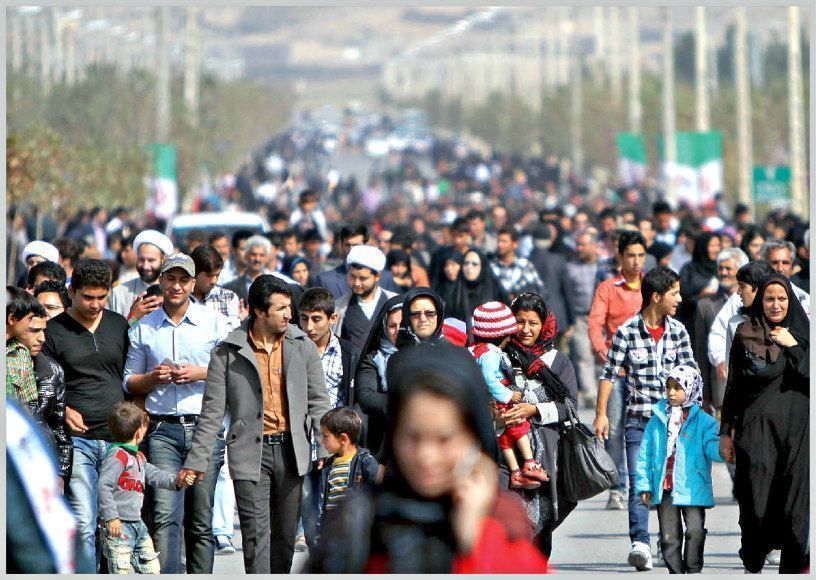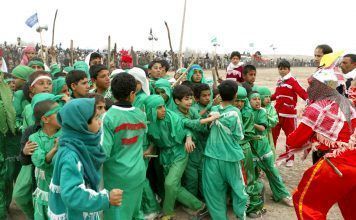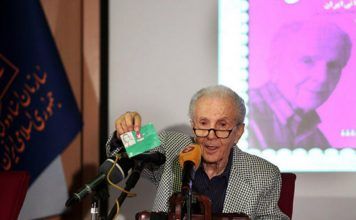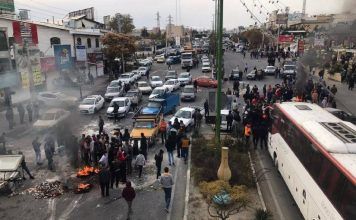Iran’s population grew less than 1 percent in the year from March 21, 2018 to March 21, 2019 — the lowest-ever growth rate in the country’s history — according to Saleh Ghasemi, a demographic expert and population forecaster.
Mr. Ghasemi made the comments in an interview with the Mehr News Agency.
“There were 1,196,000 births in the entire country in the period, showing a decrease of 170,000 compared to the previous year,” Ghasemi said. “That’s a less than 1 percent population growth, which is the lowest in our country’s history.”
“The downward trend started in 2014-15,” Ghasemi explained. “All population forecast models had predicted that the number of births in the country would drop to 1,205,000 in 2015-16, but data has shown that the sharpest decrease was in 2018-19.”
Iran’s fertility rate of 1.9 live births per woman is resulting in negative demographic growth. The trend has concerned health authorities, particularly since the country has a negative immigration rate of -0.08 immigrants per 1,000 members of the population. As a result, the future workforce of Iran may struggle with a disproportionately large elderly population.
To encourage young married couples to have more children, the Majlis (Iranian parliament) approved a bill in 2014 that enabled the government to increase maternity and paternity leaves to nine months and two weeks, respectively.
A recent study by the Supreme Council of the Cultural Revolution (SCCR) has shown a drop in the number of annual births in the country since 2015:
- 1,570,000 births in 2014-15, showing no change compared to the previous year.
- 1,528,000 in 2015-16, the number dropped by 42,000.
- 1,487,000 in 2016-17, (-41,000).
- 1,366,000 in 2017-18, (-121,000).
- 1,196,000 in 2018-19, (-170,000).
The study has also shown a continuous drop in the annual percentage growth rate since 1986:
- 1986-87, the population grew by 3.91 percent.
- 1991-92, by 2.24 percent.
- 1996-97, by 1.47 percent.
- 2001-02, by 1.62 percent.
- 2006-07, by 1.29 percent.
- 2011-12, by 1.24 percent.
- 2018-19, by less than 1 percent.
“The annual net growth in population is the difference between the total number of deaths and births in a country during one year,” Ghasemi noted. “If the trend continues, the population of Iran will grow at zero percent in the next 20 to 25 years.”
“The data forecasting negative population growth is very alarming,” Ghasemi added. “Many of the country’s senior officials have not heeded warnings by the Supreme Leader.”
Despite the dire economic conditions faced by most families, the Supreme Leader Ayatollah Ali Khamenei has been urging Iranians to have more children. Recent studies have shown that many people postpone marriage plans, and young couples delay having children because of the high cost of living.
Mr. Khamenei expressed his concerns about the country’s negative growth population to Dr. Saeed Namaki, the Minister of Health and Medical Sciences, during a series of meetings held in the aftermath of a massive flood that hit many regions in Iran in April 2019.
“During a private conversation that took place after a high-level emergency meeting on relief efforts to regions affected by recent flooding, the leader tasked the Health Ministry with addressing the country’s negative population growth as a matter of urgency,” Mr. Namaki said. “I informed the leader that the ministry would soon present him with a draft proposal on how to address the problem of negative population growth in the country.”
This article was translated and adapted from Persian by Fardine Hamidi.






